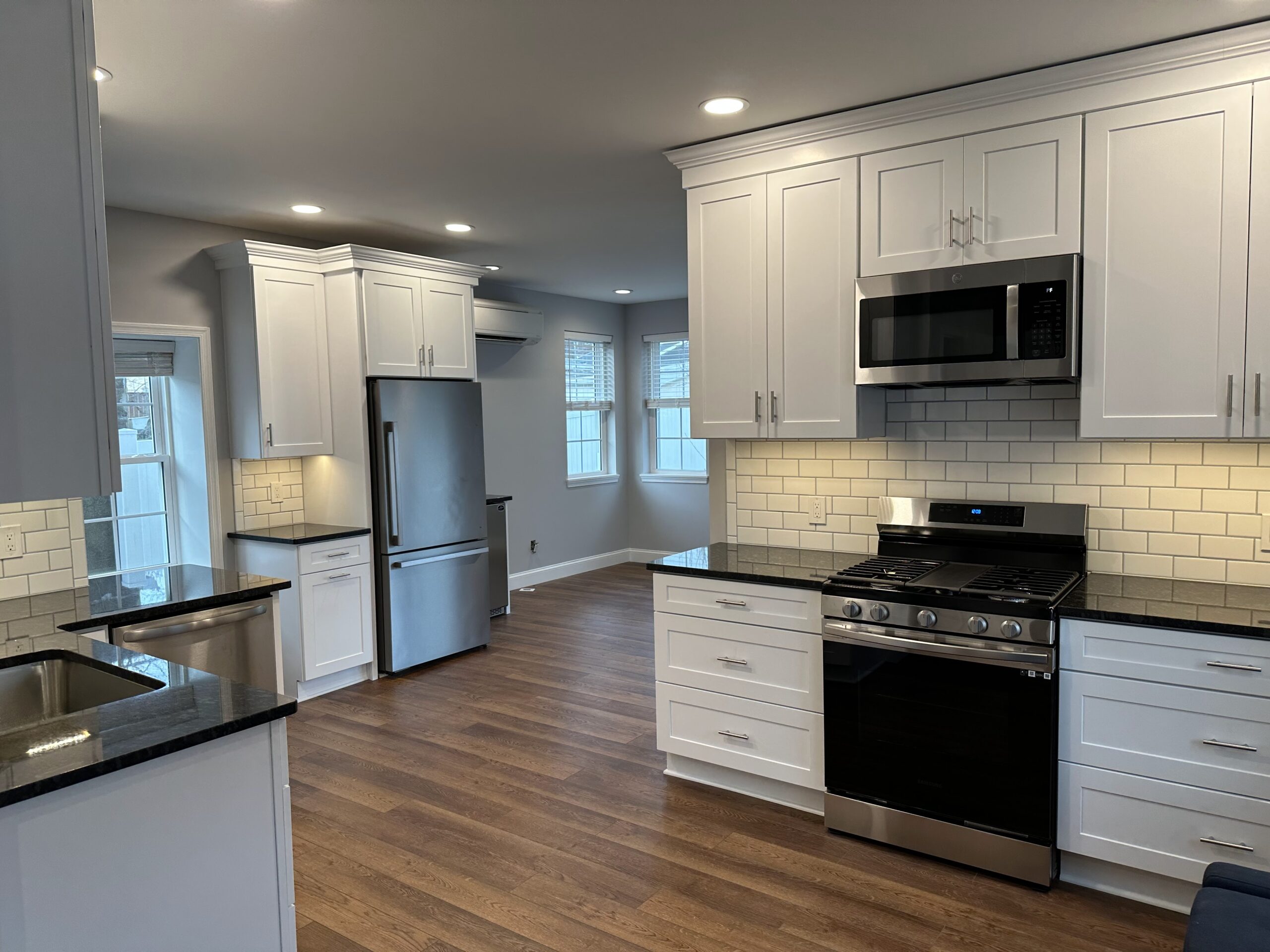Home renovations are an exciting opportunity to breathe new life into your living space, whether you’re updating a single room or undertaking a full-scale remodel. Not only do renovations enhance the functionality and aesthetics of your home, but they can also increase its value. However, the process can be overwhelming without proper planning and preparation.
In this blog post, we’ll walk you through everything you need to know about home renovations—from planning and budgeting to execution and finishing touches. Let’s dive in!
Why Consider Home Renovations?
Home renovations can serve a variety of purposes:
- Improve Functionality: Create a more practical layout or add much-needed storage.
- Boost Aesthetics: Update outdated designs and create a space that reflects your personal style.
- Increase Home Value: Enhance your property’s market appeal and resale value.
- Energy Efficiency: Upgrade to energy-efficient appliances, windows, and insulation to reduce utility bills.
- Accommodate Lifestyle Changes: Adapt your home to fit a growing family, remote work needs, or aging-in-place requirements.
Whatever your reason, a well-executed renovation can transform your house into the home of your dreams.
Step-by-Step Guide to Home Renovations
1. Define Your Goals
Start by identifying the purpose of your renovation. Are you looking to modernize your kitchen, add a home office, or create an open-concept living space? Clearly defining your goals will help you stay focused and make informed decisions throughout the process.
2. Set a Realistic Budget
Budgeting is one of the most critical aspects of any renovation. Consider the following:
- Research Costs: Get quotes from contractors and research material prices to estimate expenses.
- Include Contingency Funds: Set aside 10-20% of your budget for unexpected costs.
- Prioritize Needs vs. Wants: Focus on essential upgrades first, then allocate funds for aesthetic improvements if possible.
3. Plan the Design
Whether you’re working with an architect, interior designer, or tackling the design yourself, planning is key. Consider:
- Layout: Optimize the flow and functionality of the space.
- Style: Choose a cohesive design theme that complements the rest of your home.
- Materials: Select durable, high-quality materials that fit your budget and aesthetic.
4. Hire the Right Professionals
Unless you’re a seasoned DIYer, hiring skilled professionals is essential for a successful renovation. Look for:
- Licensed Contractors: Ensure they have the necessary credentials and insurance.
- References and Reviews: Check online reviews and ask for references from past clients.
- Clear Communication: Choose someone who listens to your needs and communicates effectively.
5. Obtain Permits
Depending on the scope of your renovation, you may need permits from your local government. Common projects requiring permits include structural changes, electrical work, and plumbing upgrades. Failing to obtain permits can result in fines or complications when selling your home.
6. Prepare for Disruption
Renovations can be messy and disruptive, especially if you’re living in the home during the process. Prepare by:
- Setting Up Temporary Spaces: Create makeshift kitchens or living areas if necessary.
- Protecting Belongings: Cover furniture and floors to prevent damage from dust and debris.
- Establishing a Timeline: Understand the project timeline and plan for potential delays.
7. Monitor Progress
Stay involved throughout the renovation process. Regularly check in with your contractor, address any concerns promptly, and ensure the work aligns with your vision.
8. Add the Finishing Touches
Once the major work is complete, it’s time to add the details that make the space truly yours:
- Paint and Wallpaper: Choose colors and patterns that reflect your style.
- Lighting: Install fixtures that enhance the ambiance and functionality of the space.
- Decor: Add furniture, artwork, and accessories to complete the look.
Popular Home Renovation Ideas
Looking for inspiration? Here are some of the most popular home renovation projects:
1. Kitchen Renovations
The kitchen is often considered the heart of the home. Popular upgrades include:
- Installing new cabinets and countertops
- Adding an island or breakfast bar
- Upgrading to energy-efficient appliances
2. Bathroom Remodels
Transform your bathroom into a spa-like retreat with:
- Walk-in showers or freestanding tubs
- Heated floors
- Modern vanities and fixtures
3. Open-Concept Living Spaces
Knock down walls to create a seamless flow between the kitchen, dining, and living areas.
4. Outdoor Living Areas
Extend your living space outdoors with:
- Decks or patios
- Outdoor kitchens
- Fire pits or water features
5. Basement Finishing
Turn an unused basement into a functional space, such as a home theater, gym, or guest suite.
6. Energy-Efficient Upgrades
Reduce your carbon footprint and save money with:
- Solar panels
- Energy-efficient windows
- Smart thermostats
Tips for a Successful Renovation
- Stay Organized: Keep track of contracts, receipts, and design plans in one place.
- Be Flexible: Expect the unexpected and be prepared to adapt to changes.
- Communicate Clearly: Maintain open communication with your contractor to avoid misunderstandings.
- Focus on Quality: Invest in quality materials and workmanship for long-lasting results.
